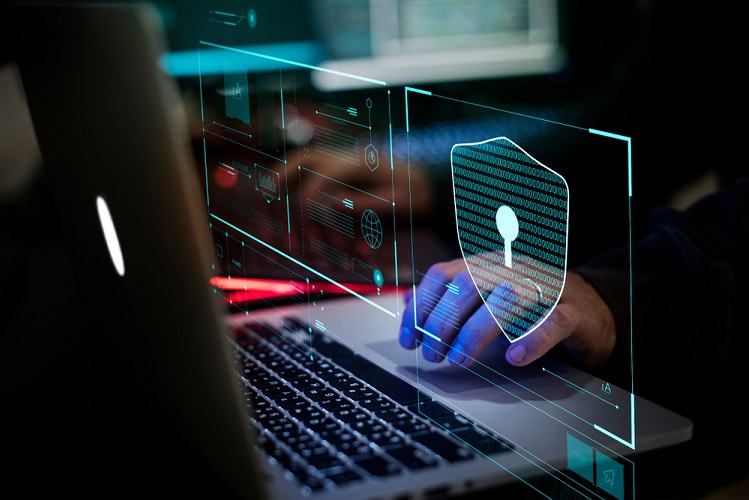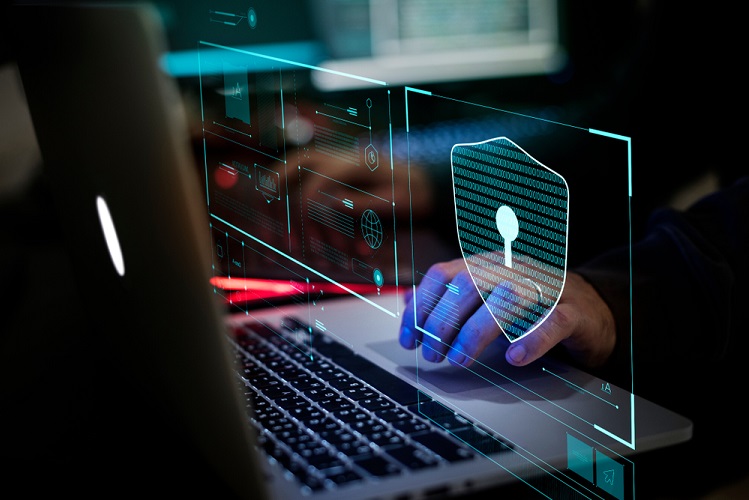Staying Secure in the Age of Digital Transformation
Digital transformation is a term you see more and more these days, but what is it?
Josh Davis //August 1, 2019//


Staying Secure in the Age of Digital Transformation
Digital transformation is a term you see more and more these days, but what is it?
Josh Davis //August 1, 2019//

Digital transformation is a term you see crop up more and more these days, but what exactly is it referring to? In its essence, it is the reimagining of how businesses operate using advanced technology. Understanding this shift and what it means for how we handle business matters is vital to staying relevant and keeping your enterprise secure. But, before we can understand how to do that effectively and proactively, let’s look at the outcomes if security adaptations are not made.
As organizations transform and adopt new technologies to support increasing demands of business operations, security issues continue to rise. The adoption of these technologies has dramatically increased the attack surface and number of entryways into a network.
The 2017 State of Enterprise Digital Defense Report found that digital transformation and the external threat landscape have outpaced enterprise security capacity, and that some 40% of organizations had experienced five or more significant security incidents in the past 12 months. There are several potential consequences of a security breach, including but not limited to:
- Reputational damage – understandably, customers are wary to do business with a company who puts their information at risk, even if an unintended risk. Failing to protect your company’s and client’s data is a big red flag to current and potential clientele.
- Theft – cyber-enabled fraud can lead to monetary losses; however, stolen data can be far more valuable to hackers. Intellectual property theft may be equally damaging, with companies losing years of time and effort.
- Financial losses – cyber-crime can cost businesses millions of dollars in recovery, not to mention the company downtime needed after the fallout to rebuild their security structure.
- Fines – if a business fails to comply with data protection legislation, penalties can accrue quickly. With tougher regulations on the rise, this can get costly.
The digital transformation underway brings a certainty that adversaries will attempt to capitalize on the new level of connectivity and exploit organization’s digital presence, so what can we do about it? Certain approaches stand out as best practices for withstanding attacks in the ever-evolving digital landscape:
Integrate systems to create a unified security architecture – cybersecurity teams use tools and systems to help handle day to day tasks. However, these tools tend to work in silos, generating valuable information, but with no way of combining that information with data from other tools. Ensuring that pertinent security information is shared across all systems creates a stronger foundation for preventing an attack.
Identify opportunities to automate and augment security tasks to support an overworked cyber team – it’s no secret that companies are facing a large-scale cyber skills shortage. According to this report by security firm McAfee, nearly half of cyber professionals say that they are struggling to keep up. A lot of routine security checks and threat intelligence assessments can be handed over to machines, giving IT security professionals more time to focus on higher value tasks.
Communicate threat intelligence across the organization – keep your whole company in the know when it comes to cybersecurity. By collaborating with teams across other sectors of your business, you can learn to apply intelligence more broadly to address a wider array of potential threat cases.
Ensure safeguards work on all parts of the network – implementing the hardware and software necessary to guard your security architecture ensures your system can detect emerging threats before they infiltrate your network and compromise your data:
Build a culture of continuous improvement and security – there are many ways of doing this, including but not limited to:
- Building morale – make employees feel like partners so they know where threats are coming from so they can collaborate and problem-solve to avoid security incidents no matter where they stem from in the network.
- Correlative thinking exercises – connect the security of the organization back to an employee’s own personal privacy, communicating that their actions, like clicking nefarious links in emails and unintentionally installing malware, directly impact the security of the whole organization.
- Don’t rely on annual training alone – skills development needs to be ongoing and multifaceted, especially in a field like cybersecurity. Threats are always changing, and cyber teams need to be at the top of their skills game in order to prevent and mitigate attacks.
With the stakes so high, senior IT leaders need to adopt a more proactive approach to securing critical data. Digital transformation demands that cybersecurity and IT teams find a unified approach to securing applications and data. Security must be embedded into all applications as the first line of defense, making protection the default posture for security teams.
When it comes to transforming a company’s business, cybersecurity must be a part of the conversation from the start. It needs to be treated as an ever-evolving part of a business strategy and be improved as threats shift and needs change. Transformation is happening all around us on a massive digital scale, it’s time our views on cybersecurity transformed alongside it. By placing the human element at the core of such security provisions, we can keep pace with digital evolution.
Joshua Davis is the director of channels at Circadence. He has over 20 years of software and security experience. Prior to Circadence, a cyber security gaming company, Davis worked as a research scientist at the Georgia Tech Research Institute on software engineering, test and evaluation, distributed computing, open source software and cyber security primarily for the federal government.


























